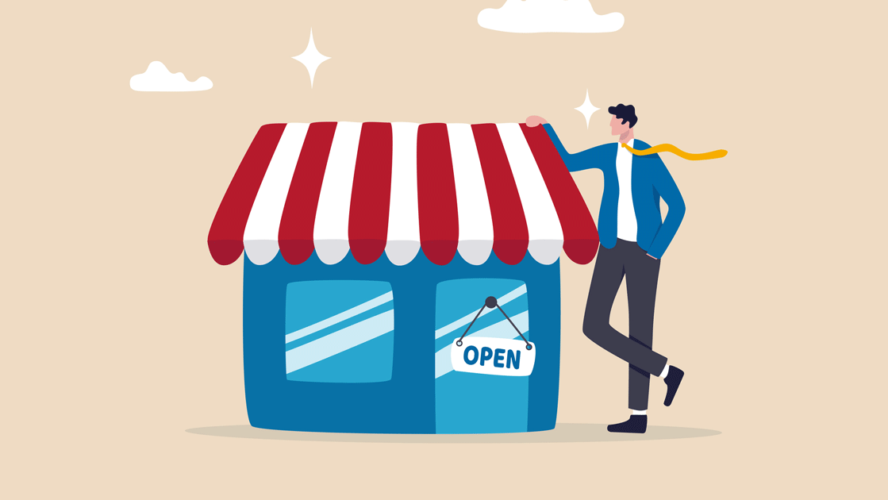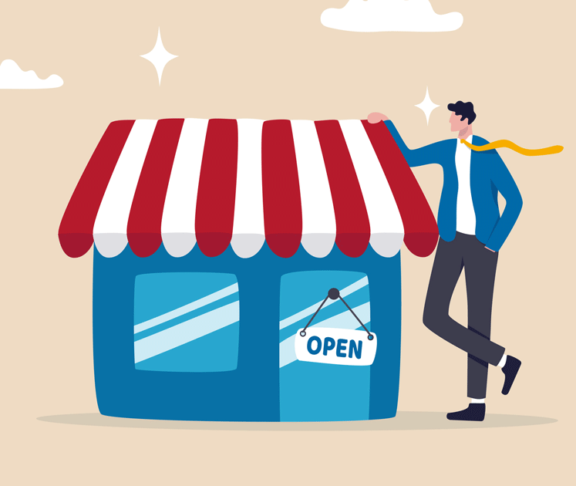
Andrew Goodacre
CEO, Bira (British Independent Retailers Association)
Rising fuel costs and supply chain price hikes are leading to inevitable price rises for retailers. However, there are steps that can be put in place for hard-pressed independents.
With the soaring cost of energy prices, fuel and the supply chain, it’s no wonder that small independent businesses are going to be facing a huge rise in their bills over the coming months.
Already, we have been contacted by some business owners who have seen their bills rise from £4,000 a year to £11,000. There must be some increase in prices for retailers due to the supply chain, but it is unlikely that they will be able to pass on the full inflation to their consumers.
Inflation of supply chain
We are being told that supply chain inflation for many sectors is more than 10%. So, even if a retailer increases this by 5%, it means that they are still reducing margin by 5%. The real challenge for the smaller retailer is that they do not have the cash reserves to reduce margin too much and they are also well aware of the competition – both large stores and online. Increases are inevitable, but the retailer still has to remain competitive.
Supply chain inflation for many sectors is more than 10%.
We have calculated that if the average energy bill doubles, that is an additional £6,000 a year on average. Wage bills are going to go up another £6,000 with National Insurance and minimum wage increases in April and business rates will go up by about £6,000 on average then too. Those businesses, whether it is a shop, a pub or hairdresser, have got to find £20,000 in extra costs just to break even.
Increasing prices the right way
There are a few things to consider when retailers do communicate these price increases to customers. They should make small price increases often rather than raising prices in one go.
They also need to identify their popular items – often described as known value items – and maintain prices on these, whilst increasing elsewhere. Customers know the prices of staple goods and often judge the shop’s value by the price of these items. Retailers should also increase prices in advance of buying supplies with rising costs – it is about pricing the product based on replacement cost rather than actual cost.

